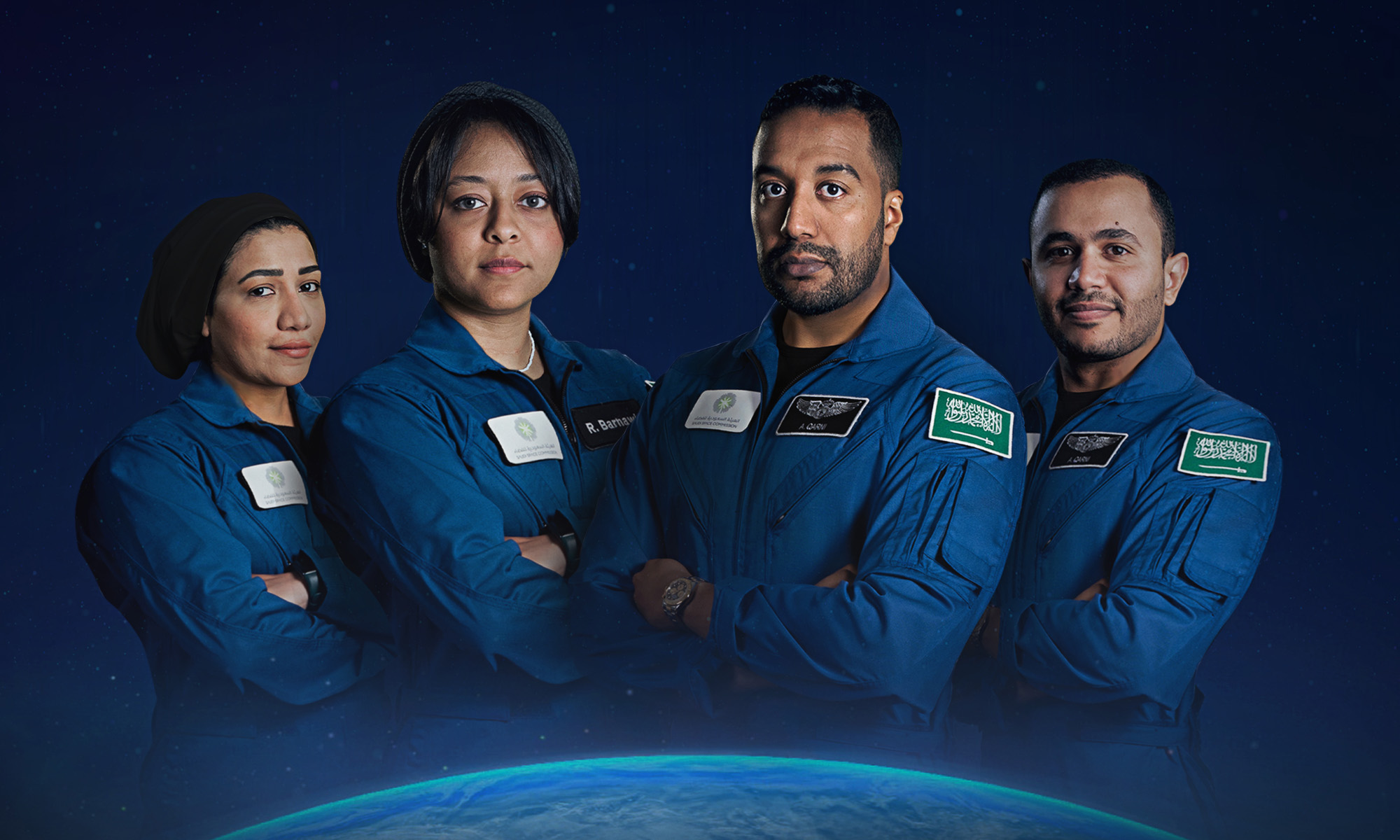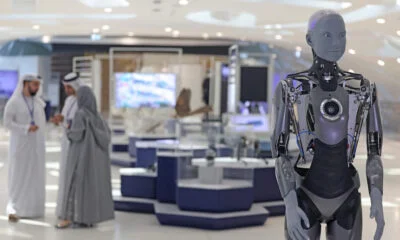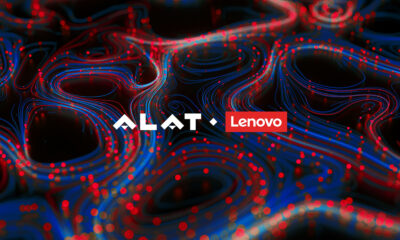News
First Female Saudi Astronaut To Join International Space Station
Saudi Arabia will send a male and female astronaut to the ISS in Q2 of 2023.

Saudi Arabia has officially announced that it will send the first female Saudi astronaut to the International Space Station in Q2 2023 as part of a two-person team. The mission follows in the footsteps of the neighbouring United Arab Emirates which became the first Arab nation to send a citizen into space, back in 2019.
Rayyanah Barnawi and teammate Ali AlQarni will join the crew of the AX-2 space mission in a historic flight that will launch from the USA. Meanwhile, the Saudi Human Spaceflight Program will commence the training of two further astronauts, Mariam Fardous and Ali AlGamdi, for the mission.
The Kingdom of Saudi Arabia hopes the mission will bolster human spaceflight capabilities and help the country benefit from the opportunities provided by being an active participant in the space industry. An official statement explained that the flight would be “contributing to scientific research that serves the interests of humans in essential fields such as health, sustainability, and space technology.”
Also Read: A First Glimpse Of Dubai’s Air Taxis Flying Past Local Landmarks
As well as boosting research and development in space-based innovation, The Saudi Human Spaceflight Program will also aid new graduates in the fields of science, technology, engineering, and mathematics (STEM). According to the Saudi Space Commission, the mission to the ISS will make the country one of only a handful to simultaneously bring two astronauts of the same nationality to the International Space Station.
The Spaceflight Program contributes to Saudi Arabia’s Vision 2030, a unique transformative economic and social reform blueprint. The AX-2 mission will help to further the country’s plans for the future and enable Saudi innovation to take center stage in the global, connected economy.
News
Mamo Completes $3.4M Funding Round To Enhance Fintech Services
The startup will use the influx of cash to expand into Saudi Arabia and across the wider GCC while improving its product offering.

UAE-based fintech Mamo has announced the completion of a $3.4 million funding round that will help the startup extend its market presence and improve its product offering. Investors included 4DX Ventures, the Dubai Future District Fund and Cyfr Capital.
Mamo’s platform offers “payment collection, corporate cards and expense management” to help small and medium-sized businesses consolidate and streamline their operations. With the latest influx of capital, Mamo will further develop its comprehensive suite of services and begin testing its product lines in Saudi Arabia, further extending its footprint across the GCC.
Imad Gharazeddine, co-founder and CEO of Mamo, stated: “We’ve been in the market for a while now and are incredibly proud of what our team has achieved. The holistic and expansive nature of our product offering has helped us continue to grow sustainably. This additional funding will allow us to reach our medium-term goals even faster. The support from new and existing investors is a testament to our strong expertise and the ability to deliver on our customer promise”.
Daniel Marlo, General Partner of lead investor 4DX Ventures, added: “We have immense trust in Imad’s vision, leadership and Mamo’s innovative approach to provide a user-friendly and comprehensive financial solution for SMEs that makes financial management more accessible and efficient. We are proud to partner with them and support their mission”.
Also Read: A Guide To Digital Payment Methods In The Middle East
Amer Fatayer, Managing Director of Dubai Future District Fund’s investment team, also commented: “Mamo’s localized product lines serve as an infrastructure for SME payments and spend management in UAE, a segment that is underserved by the country’s current banking infrastructure. The team has taken a product-first approach to consolidating SMEs’ financial journeys and building a fintech solution deeply embedded in a business’s core operations”.
To date, Mamo has raised around $13 million in investment funding and now boasts a team of 30 people. The company’s intuitive financial services platform has allowed over 1,000 businesses to consolidate their financial operations and significantly reduce payment fees.
-

 News4 weeks ago
News4 weeks agoAmazon Prime Day 2024: Get Ready For 6 Days Of Amazing Deals
-

 News4 weeks ago
News4 weeks agoSamsung Unpacked 2024: What To Expect From The July 10 Event
-

 News4 weeks ago
News4 weeks agoCoursera Report Shows Surge In UAE Interest In AI Upskilling
-

 News4 weeks ago
News4 weeks agoMeet Dubai’s Groundbreaking Smart Robot Delivery Assistant
















